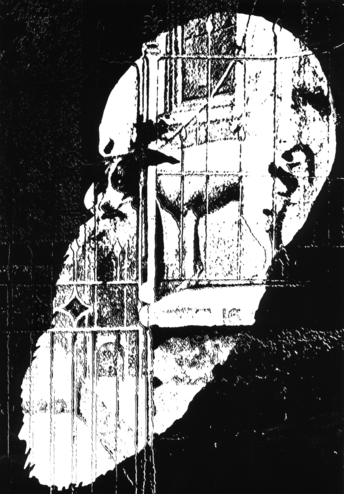Conwy Lloyd Morgan1852–1936
Lloyd Morgan issued a canon of parsimony to guide interpretations of animal behaviour: “In no case may we interpret an action as the outcome of the exercise of a higher psychical faculty, if it can be interpreted as the outcome of the exercise of one which stands lower in the psychological scale.” Following Darwin’s lead, biologists had studied behaviour in a multitude of species and related it to their position on the phylogenetic scale. One source of such anecdotal descriptions was George John Romanes (1848-1894) who imputed varying degrees of reason to animals: “With regard to Romanes collection of anecdotes, psychologically interesting in its way, I felt, as no doubt he did, that not on such anecdotal foundations could a science of comparative psychology be built”. Morgan’s counter to anecdotalism was a more keenly observed anecdote regarding the ability of his fox-terrier to lift a latch on a gate. “The way in which my dog learnt to lift the latch of the garden gate, and thus let himself out, affords a good example of intelligent behaviour… Now the question in any such case is: How did he learn the trick? In this particular case the question can be answered, because he was carefully watched… In this case the lifting of the latch was unquestionably hit on by accident, and the trick was only rendered habitual by repeated association in the same situation of the chance act and happy escape. Once firmly established, however, the behaviour remained constant throughout the remainder of the dog’s life.” He referred to the initial activity of his dog as trial-and-error learning, and argued that apparently intelligent behaviour can only be understood if its development has been investigated. Lloyd Morgan was born in London and studied engineering at the Royal School of Mines and biology at the Royal College of Science in London. Most of his academic career was at the University of Bristol, where he held the chair of zoology and geography, and later that of psychology and ethics. He visited the United States in 1896 and while at Harvard he was instrumental in guiding Thorndike’s research on learning. Morgan’s book An Introduction to Comparative Psychology (1894) essentially defined the area that was to adopt that name: “My central object in this work is to discuss the relation of the psychology of man to that of the higher animals.. A secondary object.. is to consider the place of consciousness in nature, the relation of psychical evolution to physical and biological evolution, and the light which comparative psychology throws on certain philosophical problems.” Following his retirement from Bristol he taught at Clark and Harvard Universities. Morgan’s portrait, with his long, flowing beard, is presented together with a drawing of his fox-terrier lifting the latch of the garden gate.
